Aerial engagement represents the pinnacle of military aviation prowess, where pilots’ skills and aircraft capabilities face the ultimate test in the unforgiving expanse of the skies. Let’s Delve into the Best Analysis of Aerial Engagement in the modern era of advanced warfare, where aerial combat has evolved into a complex and dynamic theatre of operations.
This domain encompasses a wide array of tactics, ranging from precision strikes delivered by unmanned drones to intense dogfights between fighter jets.

Aerial engagement demands not only technical proficiency but also strategic foresight and split-second decision-making. The landscape of aerial engagement is continually evolving, driven by advancements in technology and the ever-shifting dynamics of global conflict. In this high-stakes arena, the quest for air superiority remains paramount, shaping the course of military campaigns and the fate of nations.
Beginning with the inception of aerial warfare, engagements between aircraft or pilots fall into two main categories. Depending on the situation, it could be either a head-on engagement or a tail-chase engagement. However, victory hinges on two conditions: first, the technological advancements of the machine, and second, and most importantly, the proficiency of the operator behind the machine.

Hunting the Hunter: Unveiling Tail-Chase Engagement Tactics
The tail-chase engagement, also referred to as a dogfight or air combat manoeuvring, is a dynamic aerial encounter between two or more aircraft. In this scenario, each aircraft endeavours to gain a positional advantage over the others by manoeuvring to place its weapons system optimally.
This facilitates engagement with cannons or infrared homing missiles, as there is minimal lateral target movement relative to the attacker. Additionally, the hot engine exhaust nozzle(s) pointing directly at the attacker makes the infra-red seeker’s task of tracking the target much simpler.

This type of engagement typically occurs at close range and involves intricate manoeuvres aimed at outmanoeuvring opponents while maintaining situational awareness. In tail-chase engagements, missiles often have a high probability of hitting their target due to the reduced closure rate.
For instance, if the missile is travelling at Mach 2.5 and the aircraft at Mach 1.2, the combined overtake rate of Mach 1.3 means that the missile should easily be able to respond to any evasive manoeuvres the aircraft might perform.
Pilots employ a combination of offensive and defensive tactics, such as high-G turns, barrel rolls, and split-S manoeuvres, to gain advantageous positions relative to their adversaries. Speed, altitude, and energy management are crucial factors in determining the outcome of a tail-chase engagement.
Additionally, effective communication and coordination with wingmen are essential for success in this intense and fast-paced aerial environment. The tail-chase engagement requires exceptional piloting skills, quick decision-making, and a deep understanding of aircraft performance characteristics and aerodynamics.
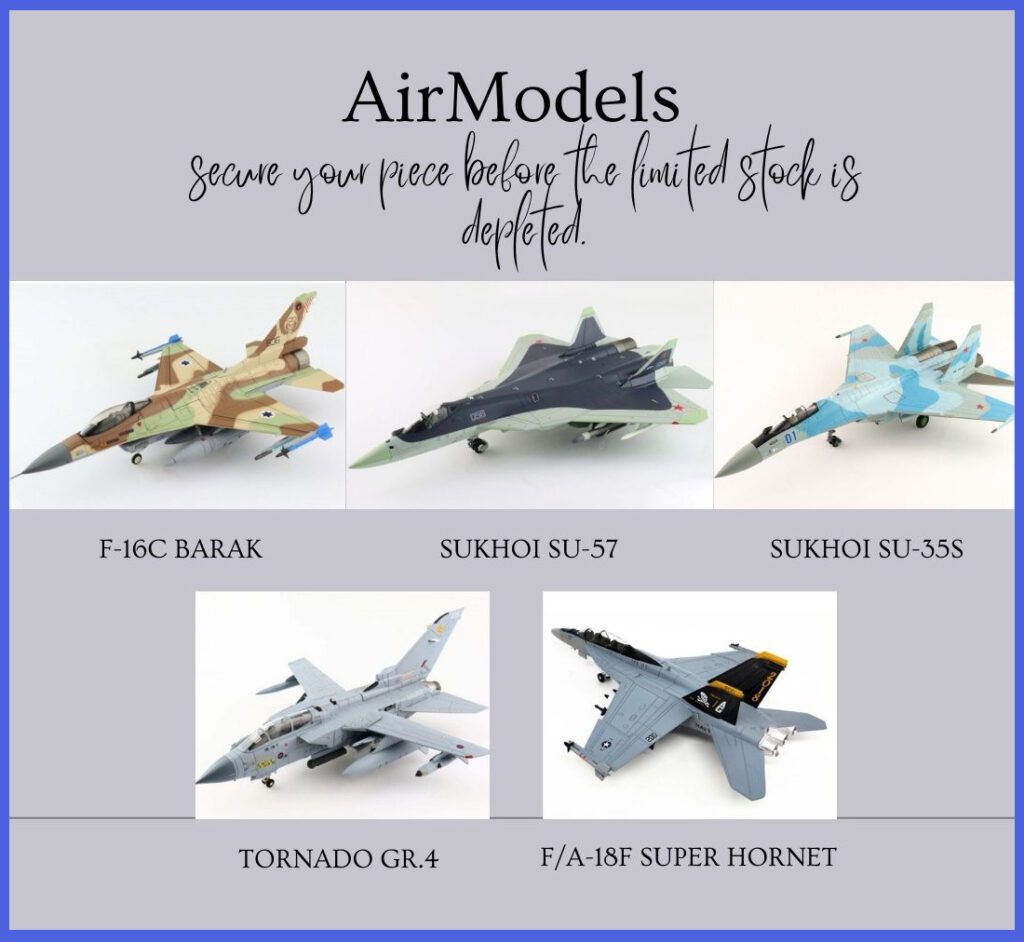
Straight to the Point: Exploring Head-On Engagements in Aerial Combat
In aerial combat, a head-on engagement occurs when two aircraft approach each other directly from opposite directions, intending to engage in combat. This scenario often arises during initial encounters or when both aircraft are aware of each other’s presence and choose to confront each other head-on. In some cases, a head-on engagement involves a surface-to-air missile system flying towards the attacker.

In contrast to tail-chase engagements, where one aircraft pursues the other from behind, a head-on engagement poses a distinctive challenge as both aircraft are potential threats to each other simultaneously. In this type of encounter, hitting a target with infrared-homing missiles becomes more difficult, as the hot engine exhaust nozzle(s) of the target is pointing away from the attacker.
Typically, only all-aspect infra-red homing missiles can engage in head-on engagements. Pilots must carefully assess the situation and decide whether to press the attack head-on or manoeuvre to avoid collision while seeking a more advantageous position.
In whichever situation arises, the pilot or the weapon system officer needs to make a quick decision about the type of air-to-air missile before launch.
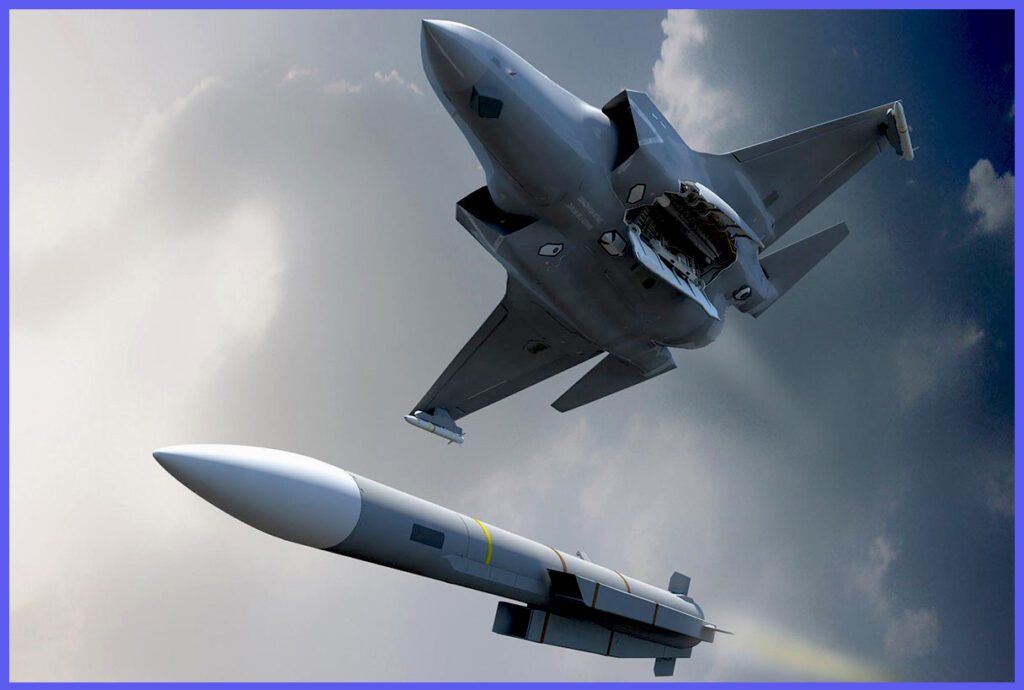
In situations where the enemy aircraft is quite far from a visual distance, a long-range missile like the Meteor can be more effective, as its No Escape Zone extends to 60 km (32 nmi) or more. However, if the enemy aircraft is within visual distance, then missiles like the Python-5 or ASRAAM can be more effective.
In a head-on engagement, precise timing and accuracy are paramount as pilots endeavour to align their shots while evading enemy fire. A variety of tactics come into play, including deflection shooting, where pilots anticipate the target’s movements by aiming ahead of its flight path. Furthermore, evasive manoeuvres such as rolls, loops, and high-G turns are employed to evade incoming fire and seize a tactical advantage.

The outcome of a head-on engagement often hinges on the skill, reflexes, and tactical proficiency of the pilots involved, as well as the performance capabilities of their aircraft. It represents a critical moment in aerial combat where split-second decisions can tip the balance of the encounter.
The Future of Air Warfare: All-Aspect Air-to-Air Missiles
All-aspect air-to-air missiles represent a significant advancement in aerial warfare technology, designed to engage targets from any direction, including head-on engagement, side-on engagement, from above, from below, and more.
Unlike earlier generation missiles that required the attacker to maintain a specific position relative to the target for successful engagement, all-aspect missiles incorporate advanced guidance systems that enable them to track and intercept targets regardless of their orientation.
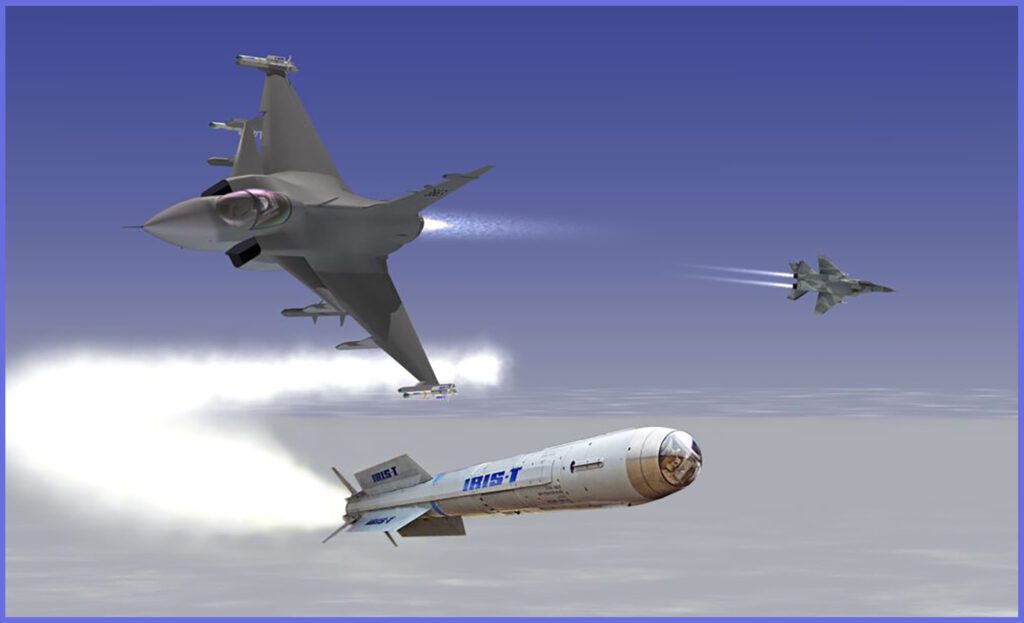
This capability significantly enhances the lethality and versatility of aerial combat platforms, allowing pilots to effectively engage enemy aircraft in various scenarios, including defensive manoeuvres.
All-aspect missiles typically utilize sophisticated guidance systems such as infrared homing, laser, radar guidance, or combination seeker technologies to acquire and track targets with high accuracy. Additionally, these missiles may incorporate advanced propulsion systems, thrust vectoring manoeuvrability, and counter-countermeasures to improve their effectiveness against agile and well-defended adversaries.

Examples include the US AIM-9X Sidewinder, the Russian Vympel R-73, British ASRAAM, and the Israeli Rafael Advanced Defense Systems Python 5 air-to-air/surface-to-air missile.
The development and deployment of all-aspect air-to-air missiles have revolutionized aerial combat tactics, providing military forces with a formidable weapon capable of engaging and neutralizing airborne threats from any direction. This capability enhances the survivability and lethality of fighter aircraft in modern warfare scenarios.

In conclusion, aerial engagement stands as the ultimate test of military aviation, where pilot skills and aircraft capabilities are put to the challenge in the vast skies. In the modern era of warfare, it has evolved into a complex theatre of operations, ranging from precision drone strikes to intense dogfights. This demanding domain requires not just technical proficiency but also strategic foresight and split-second decision-making.
As technology advances and global dynamics shift, the quest for air superiority remains paramount. Tail-chase and head-on engagements exemplify the intricate tactics and high stakes involved, showcasing the importance of both machine capabilities and the expertise of those who operate them.
With the development of all-aspect air-to-air missiles, the future of aerial combat promises even greater challenges and opportunities for innovation, shaping the course of military campaigns and the fate of nations.
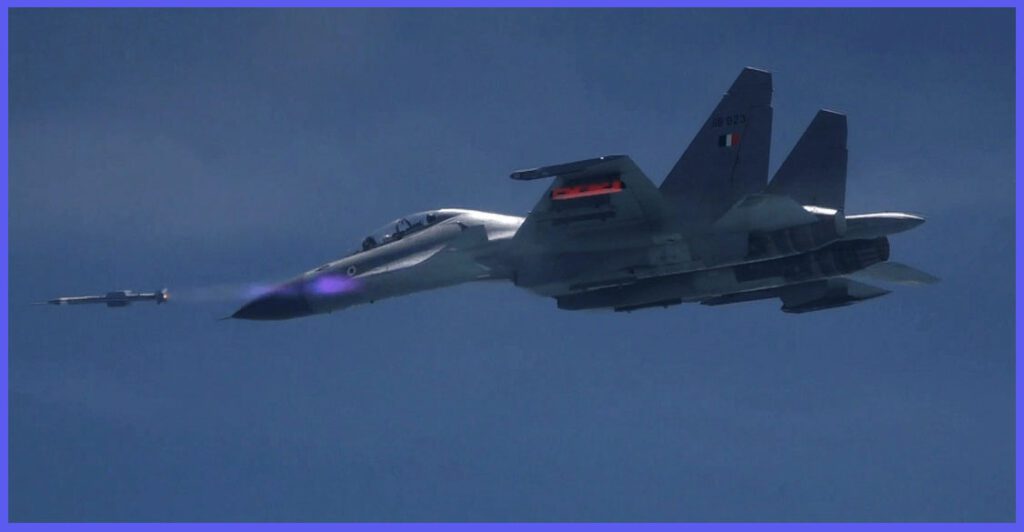
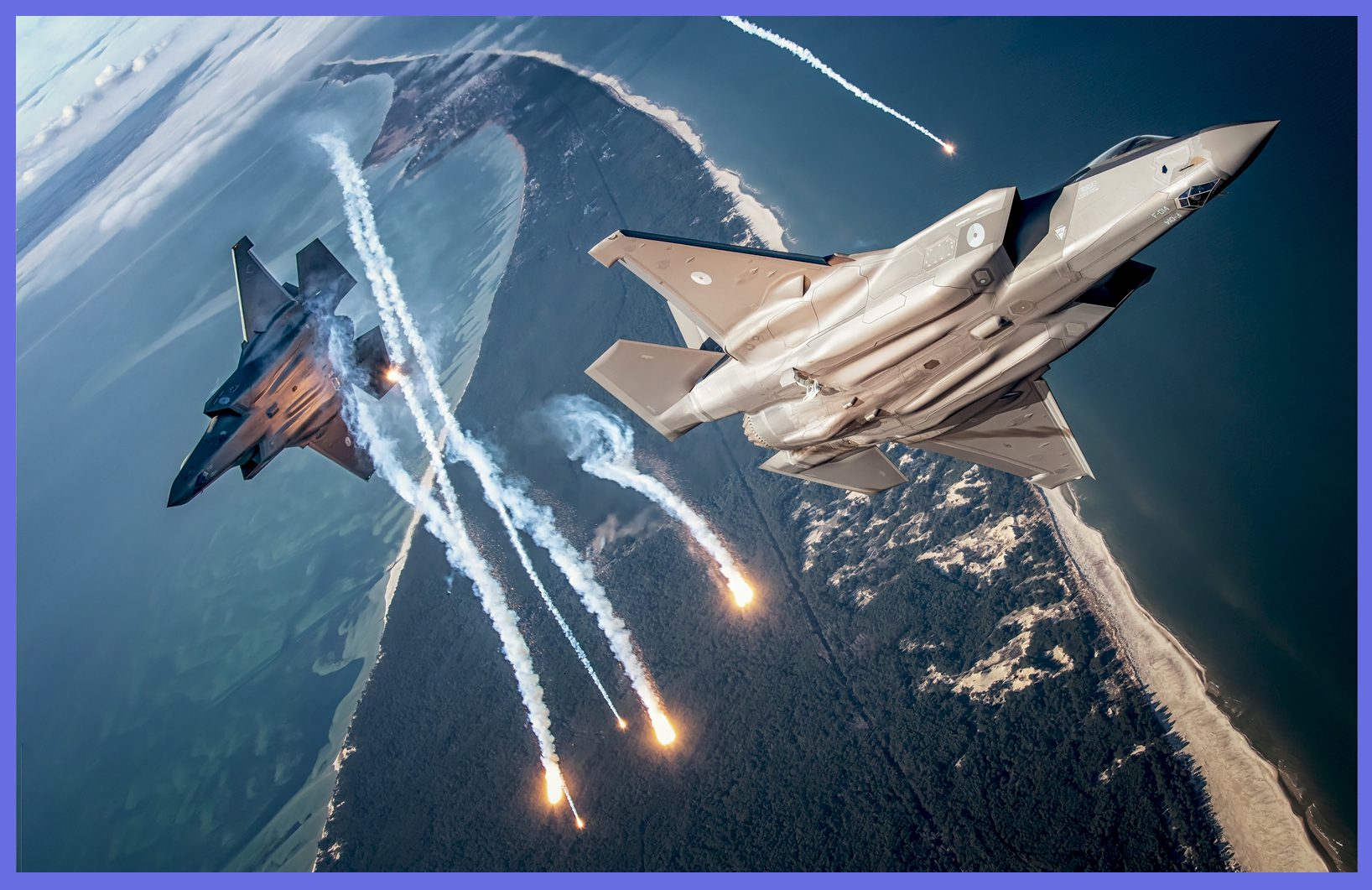
Awesome effort
Hi Daniel, thank you so much for your comment. If you’d like, I would really appreciate it if you could subscribe to my new YouTube channel, ‘AirPra ‘